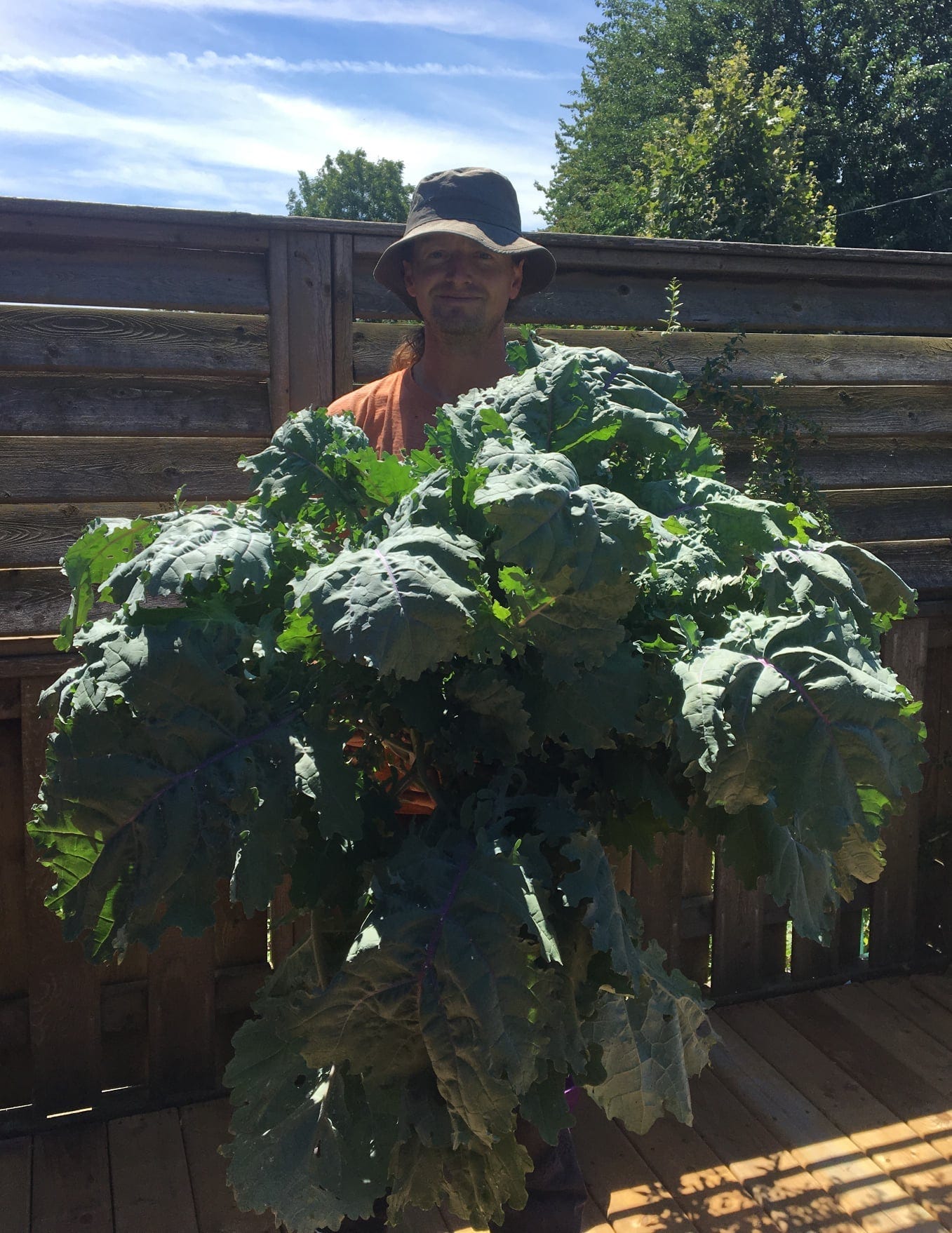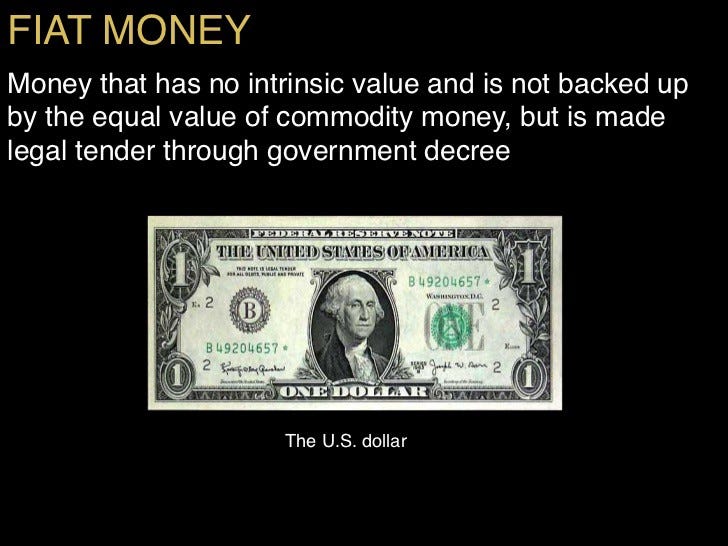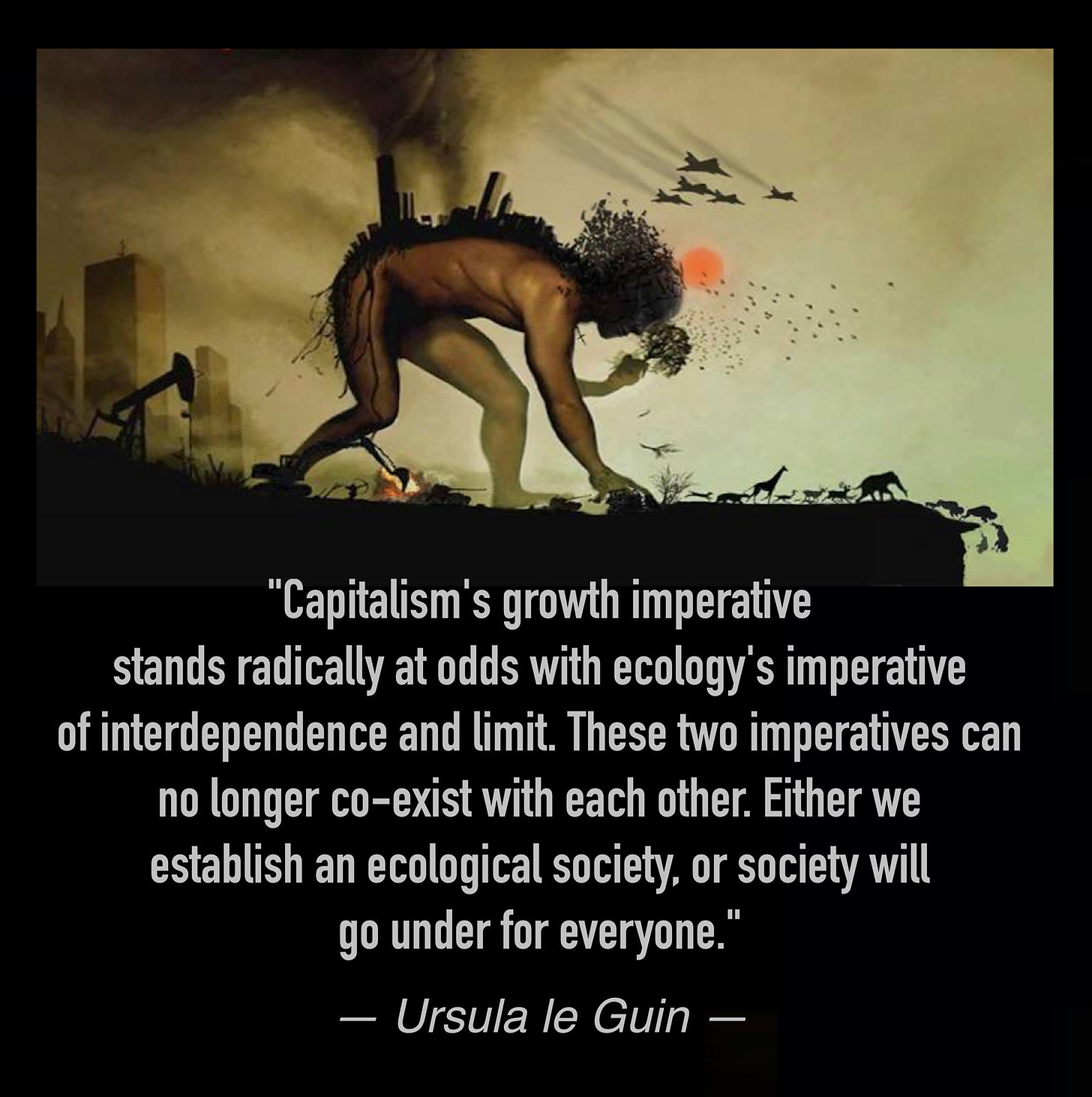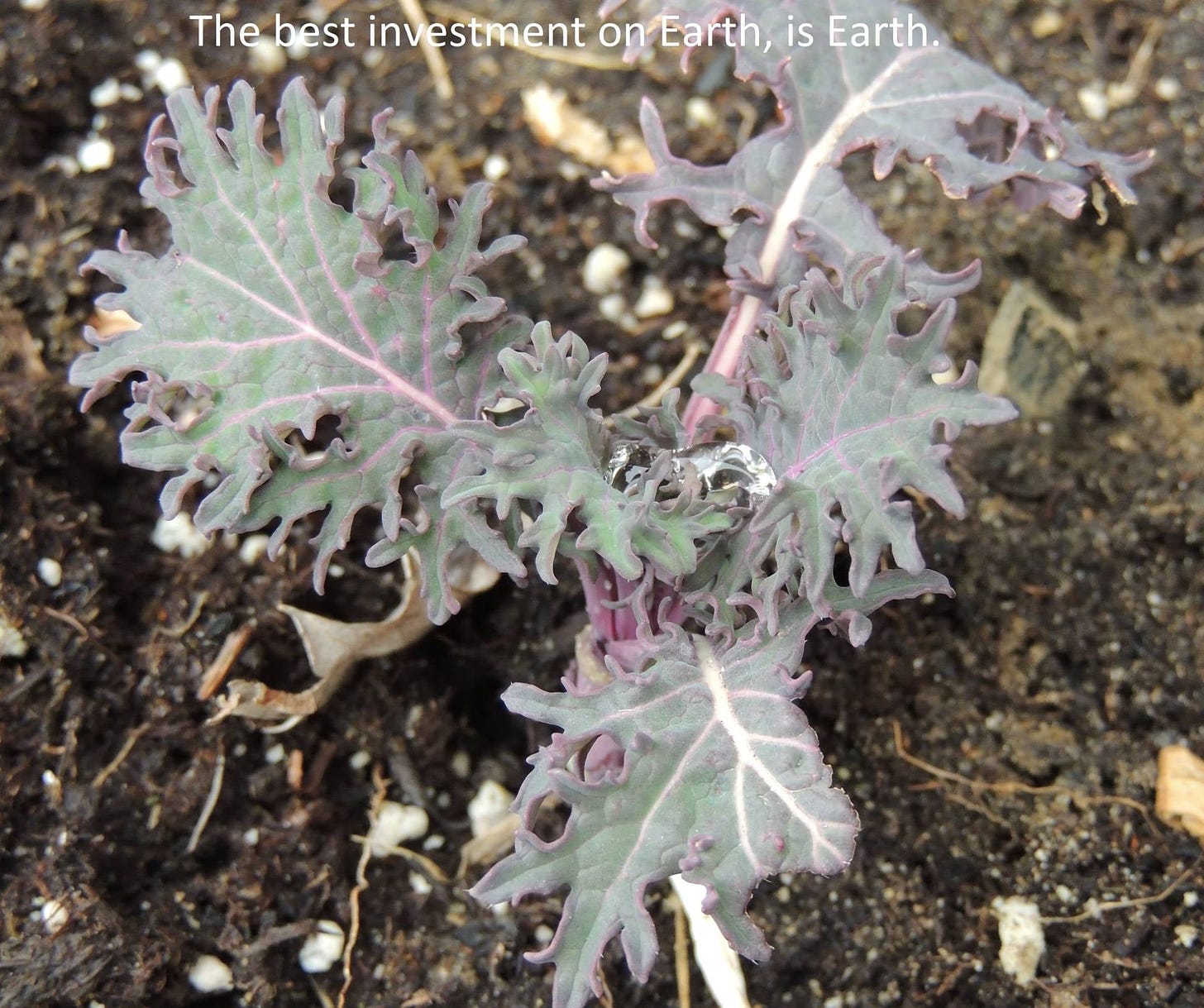Uncategorized
The Best Investment On Earth, Is Earth
While I was sorting kale seeds I had saved from our garden a few years back I was thinking about how I come across a lot of people who see the spiritual, psychological, emergency preparedness or (at the least) the nutritional value in gardening, but for some reason think it’s not financially viable and use that as an excuse to opt out of even trying. When I tell people that I see immense value in growing a food garden each year some of them say things like “I don’t have time for playing in the mud, gardening doesn’t pay the bills!”. In my experience, gardening actually does just that.
Thanks for reading Gavin’s Newsletter! Subscribe for free to receive new posts and support my work.
According to the government, the average Canadian household spent $8109.00 on groceries in 2014 ( a very conservative amount in my estimation). According to recent reports an average family’s food bill in 2022 is $14,767. And how much of that food do you think is processed, contains GMOs, or is chemical laden leading to a shorter and less full life, with big medical expenses down the road?
If one spends only $20–40 on basic supplies (and/or just get learn how to gather materials from nature or repurpose them for free) and with only a weekend or two spent preparing the soil in the garden (or growing containers for your balcony, windows etc if you are in a city/apartment) each year, and a quick watering before work each morning can result in a significant amount of veggies, herbs and fruit (hundreds of dollars worth of fresh organic produce). Truthfully, anyone can do this to some extent, and in doing so feel good knowing they are doing their best to feed their family real- healthy- nutritious food.
I will now address the potential fiscal savings/rewards of investing one’s money and time into the earth vs investing that money and time into a bank.
While sorting and packaging the heirloom kale seeds I had saved from last year’s garden it occurred to me that not only is investing in the earth more nutritionally, spiritually, and emotionally rewarding than investing in a bank, it can be more fiscally rewarding as well. The fact is when you invest in a garden you end up with an abundance of not only crops with more than enough to share with friends/neighbors but also the abundance of seeds that can be saved from each harvest. I began to contemplate what the latent money value of these seeds were (if they were all to be grown and harvested from a garden), and then proceeded to compare my original investment in the package of organic kale seeds (less than $5 ) which I “deposited” into the earth to what kind of return I would have gotten had I invested that five dollars into a bank. Here’s what I came up with:
Investment of less than five dollars on kale seeds (about 20 heirloom “red russian” seeds) result/return after one year : ten healthy adult kale plants which I harvested semi-daily from June until November ( We ate about ten dollars worth of kale at local store prices a week from the garden, so after 6 months they produced about 240 dollars worth of organic kale). So from less than a five dollar investment (along with time spent every few days on watering and tlc) I got $235.00 return from investing in the earth (a 4800% increase)! Now how much return would I have gotten if I invested 5 dollars in a bank after one year? Well let’s say the savings account has an interest rate of 3% (which is being generous for most banks) after one year from my original 5 dollar investment I would have a whopping 15 cents return!
After that first year of investing in the earth by “depositing” the kale seeds and letting the plants go to flower (on top of my steady harvesting) I was able to save well over a hundred seeds from each plant at the end of the year (which will amount to over one thousand viable seeds achieving maturity/full harvest). Since with gardening (“investing in the earth”) there is always abundance and more than enough to go around, I will share many seeds with friends, family and neighbors. I then decided I wanted to project this investment comparison further in compounding it over multiple years. I will give about ten seeds to each person/family and all I will ask in return is that they save seeds from their kale plants and share them with others. I wondered how much actual money value in kale could be grown, harvested and enjoyed after seven years of this “pay it forward model” of gardening kale, saving seeds and sharing the next year. In the interest of making a fair calculation I wanted to be very modest with my estimates for projected harvest yields and seeds able to be saved each year (considering not all plants will grow in great soil under ideal conditions). So I estimated that for others each ten kale plants would yield a minimum of 10 pounds of kale annually (amounting to 30 dollars worth of organic kale at $3.00 a pound). And instead of assuming they will be able to save 1000 seeds like I did, I estimate they will save well over one hundred (amounting to one hundred viable seeds that grow into harvestable mature plants.

So let’s recap; with my 1000 seeds (from my first harvest) being given to 100 families/gardeners, after the second year a total of $3000.00 worth of organic kale would have been grown, harvested and enjoyed by those people (“collective beneficiaries” of my investment in the earth). That means, from my original money spent (less than 5 dollars) invested in a pack of seeds, some water and tlc, and sharing the resulting seeds after only two years a return of $2995.00 would be collectively accessed and enjoyed. While that same five dollars invested in a bank would have earned me you guessed it! A colossal 30 cents! 🙂
With an original investment of five dollars After seven years continuing this ‘pay it forward model’ investing in the earth compared to investing in a bank you would have this:
Bank total (money value accessible by one): $6.17
Earth total (latent collective money value) : $30,000,000.00

Some people have invented elaborate systems so that they can print/create ‘money’ to have material wealth, dominate others, and then go buy food from farmers who work the land.. other people work hard all day at a “9-5” to get paper or digital currency from the first people, and then after that they go and give the paper or data to a farmer (or grocer who got it from the farmer) and get ‘food’.

Even if we lived in a world with an honest money and a just/transparent governance system growing your own food and sharing the resulting abundance would be a wise decision.
It is time for a wake up call. We don’t live in a world with an honest money or just/transparent governance system. Our fiat money system is a scam. Thus, growing your own food is not just a wise decision, it is a choice that is imperative to your health and survival in the near future.

Our economy has become one based in perpetual debt slavery and waging a war on nature (pillaging her body to facilitate the ‘perpetual growth’ model that capitalism is based upon).

If you want to get a more vivid picture of the type of world we live actually in, what the real global governance structure looks like (and what it’s modus operandi is) I wrote another article which you can find here which provides details and an abundance of hyperlinks to pertinent data and evidence.
In conclusion, I will elaborate on the core message of what I shared in my previous article (while also adding some pertinent data points and relevant perspectives to this one) by sharing an excerpt from my soon to be published book.
We live in a time when staring into little glowing screens texting each other (while people are in the same room) is considered normal. Rarely when we go to the grocery store will we find that which is seasonally growing in our local community, rather we will find the cheapest, most mass produced items shipped across vast distances (at the expense of the integrity of eco-systems, small farmers’ prosperity and the quality of the food itself). These things are symptoms of a society that has sacrificed real connection, vibrant delicious and nutritious food, as well as community for superficial stimulation, profits over compassion and integrity, quick fix ‘think of me first’ mentality… a society filled with material objects that always leave us wanting more. Today’s modern society is one based in fear of and separation from each other, nature and our deeper Self). That is not by accident.
Why not skip all the middle men, become immune to the corporate parasites, nurture the spirit and consciously choose to become resilient in the face of an intentionally destabilized economy and flimsy industrial food system? Through choosing to grow your own food (and share the resulting abundance of seeds, knowledge and produce) you are nourishing the body and soul, and planting the seeds for not only yourself, but future generations to have an abundance of True Wealth.
The simple act of planting seeds in the rich earth, growing an organic food garden and using kitchen scraps/ yard waste to build soil (and sharing the seeds we save) has not only served to save us big money on grocery bills, it has improved our quality of life through the increased health and peace of mind it has provided us. In the process we discovered a kind of abundance (existing both inwardly and outwardly) that I did not have a word to describe, and so, I have created a new term which I will now attempt to define to the best of my ability.
True Wealth ; refers to the degree of which one is self-sustaining, living sustainably (or better yet living regeneratively) and to the degree of which one has established a lasting symbiotic relationship with the land one lives on. Beyond those physical defining perimeters it is also defined by the measure of which one feels happy and at peace inwardly (truly illusive states of being for many currently on Earth, “rich” and “poor” alike). Unlike material wealth (which is temporary and cannot provide lasting happiness) True Wealth is permanent and nurtures lasting happiness. It is more about the measure of how much one gives and shares, and less about what one acquires, takes, or hoards.
The gift of True Wealth is found in the years, lasting fulfillment and health which is added to our lives when we care for the land we live on (and those who we share it with). Lasting fulfillment is found in savoring those precious moments that are given to us each time we stop to appreciate the “little things”. It is the gift we give ourselves when we choose to use our time on earth to help things grow and nurture them to achieve their highest potential.
Therefore, growing one’s own food and medicine, preserving it, building soil and saving seed increases one’s emergency preparedness and increases one’s quality of life in the best of times while also enabling one to be prepared to thrive and survive in worst case scenarios.
Emergency preparedness does not have to be something involving fear, stress or obsessing.. if we choose to do things that help us align with natural localized cycles for providing our basic survival needs (like gardening, seed saving and preserving) we are increasing our emergency preparedness in a joyful and healthy way.
Saving up money for a ‘rainy day’ is not a solid way to prepare for emergencies because money has no innate value. Seeds, good soil, gardening skills, increased health/immunity, preserving experience and the symbiotic relationships and friendships we forge with neighbors and the broader community we are a part of (through sharing our abundant harvests and helping others to grow regenerative gardens) are however things that have innate value.
Even if money had some intrinsic value and dependable stability (which it doesn’t) basing one’s life around constantly striving to acquire and horde more of it (capitalism) is not healthy. Capitalism is an unnatural human concept (that is based on an inaccurate and outdated view of life and evolutionary processes). It is a model based on the inaccurate view that in nature competitiveness, ‘survival of the fittest’ and adversarial relationships are the norm. Modern science and ecological studies have shown us (that when we take a closer look) symbiosis, interdependence, and cooperation are in fact the norms when it comes to relationships between various organisms in nature. Capitalism (and its ugly offspring “consumerism”) are systems of thought that do not align with natural law. They amount to ways of perceiving and interacting with the world that result in parasitic and not symbiotic relationships with each other (as humans) and with the rest of nature as a whole. At the foundation of capitalism in today’s world is Fiat Currency (a monetary system that perpetuates debt and forever expands the gap between the ‘haves’ and the ‘have nots’.)

Reducing our dependence on such vulnerable, unsustainable and toxic centralized systems is imperative if we want to help to co-create a regenerative future. Even if it is in baby steps, it moves one further towards aligning with Mother Earth and also being prepared for potential emergencies that could affect centralized systems. We can do this on the level of individual households and then scale it up from there to increase the resilience and preparedness of our local communities.
Thus, if we wish for our modern civilization to continue (and seek to leave a world worth living in for our children) we must abandon ideologies and belief systems (such as capitalism) that teach people that the acquisition of material wealth, competition rather than cooperation, and the endless commodification of aspects of nature is what we should strive for as individuals, organizations and nation-states. It is impossible to cling to unnatural concepts like capitalism while simultaneously claiming to care about the future of our children, the integrity of the ecosystems and while claiming to want to help create a more sustainable and equitable society in the here and now.
I propose that investing our time and energy in humanocentric systems of thought (whether they be theologically, ‘Darwinsitically’, ‘capitalistically’ or otherwise defined) is a path of stagnation which comforts our ego but does not honor the truth of what we have learned about nature in the past century, nor does it serve to unlock our true potential as human beings. Through embracing humility and reverence, rather than self-importance and anthropocentrism we can lend our sentience and free will towards a meaningful path of symbiogenesis between humanity and the many other beings who call this living planet home. I feel this new path (defined by humility and symbiosis) can serve to align us with a way of living that nourishes the living world that sustains us and encourages the unfolding of ever higher expressions of human potential in the process.
The digital/industrial age of people swiping pieces of plastic in order to move some data around on a computer (aka “money”) and get some “food” handed to them (which sat around for several months and went through 5 middlemen in-between the farmer and them) is offering us an opportunity to take an honest look at where we are headed, see the inevitable trajectory towards catastrophe (if we stay in this path), and make a different choice before it is too late.
Many centuries ago in a time before centralized money systems there were indigenous peoples living in connection with the land and each other. While some of these ancient peoples utilized various forms of barter and trade there are also examples of ancient cultures (from several different continents) that not only did not use money.. they apparently did not use “barter” and “trade” as a regular means of commerce either. These cultures were described as operating on a mostly “gift based economy”. The innate characteristics of this ‘gift economy’ would have been effective at mitigating manifestations and behaviors of the ego (like greed, thievery or deceit etc.) because in those tightly knit communities such behavior was easily detected and the individual responsible would have been ostracized (thereby forcing the individual to change their ways or have to fend for themselves). While there would have inevitably been those who sought self interest and greedy behavior in money-less societies.. it would seem to me that they would have a lot less motivation and rewards for doing so in such a situation.
The institutions and social structures that are common in modern day society are based on domination, competition, fear and egotism and not on nurturing. The shift in perspective offered here is to review everything in terms of nurturing, or to phrase it another way, in terms of gift giving. The thread of gift giving and receiving begins in every life in the biological and emotional needs provided by mothers. We are born into a world and showered with gifts.. love, attention, nourishment and beauty all around us. As time goes on in the individual life and in the existence of institutions and social structures, this thread is altered, turned back upon itself, we are programmed to compete, and our innocence and giving nature is used and abused for domination. Rather than a free flowing cycle of gifts, our modern day society operates on “Exchange”.
Exchange is at odds with gift giving. The competition which is characteristic of Capitalism pushes the exchange way against the gift way.
Exchange creates and requires scarcity. If everyone were giving to everyone else, there would be no need to exchange. The market needs scarcity to maintain the level of prices. In fact when there is an abundance of products scarcity is often created on purpose. An example of this is the plowing under of ‘overabundant’ crops (which may happen even when people are standing by who are hungry). On a larger scale scarcity is created 1. by the channeling of wealth into the hands of the few who then have power over the many; 2. by spending on armaments and monuments which have no nurturing value but only serve for destruction and display of power; and 3. by privatizing or depleting the environment so that the gifts of nature are unavailable to the many. The exchange paradigm (which includes concepts like “capitalism” and it’s ugly offspring “consumerism”) is a belief system which validates this kind of behavior.
Exchange is adversarial, each person tries to give less and get more, an attitude which creates antagonism and distance among the players. Gift giving creates and requires abundance.
When we take a step back and discard all the programming we can see that almost everything from nature to the dynamics of many ancient cultures can be viewed as gift-giving in some form. We can closely observe the many facets of nature in our garden that involve cycles of gifts beings given between organisms and then imagine ways we can emulate these circles of gifts in our daily lives and even in the structure of our larger society.
When we choose to give back to the living planet that sustains us and share the resulting abundance, the rewards increase exponentially and continue to give back year after year. These are the intrinsic characteristics of a Gift Economy. We can nurture and become part of the web of that cycle of gifts and abundance through investing in the Earth with our hands and our hearts and then sharing the resulting abundance freely.
Let’s invest in a future where food, health, and happiness are abundant and common place. We can make the choice to truly care for our body and in the process give back to the earth that gives so much to us. Each of us can do this by planting and maintaining a regenerative food garden of our own. Thank you to those who care enough about the Earth and your fellow beings to do this without any hope for quantifiable rewards for yourselves, but for those of you who need to measure the reward in quantifiable metrics, the numbers don’t lie, even within the constraints of the flimsy, fraudulent and unreliable fiat money system, choosing a bank over the Earth is clearly a poor investment choice.

I will be sharing sneak peaks and excerpts from my book in my newsletter / blog on substack. You can sign up for the email list to be notified when I post a new blog here: https://gavinmounsey.substack.com/
If you wish to pre-order a copy of the book, that option is available here: https://recipesforreciprocity.com/shop/preorder/
